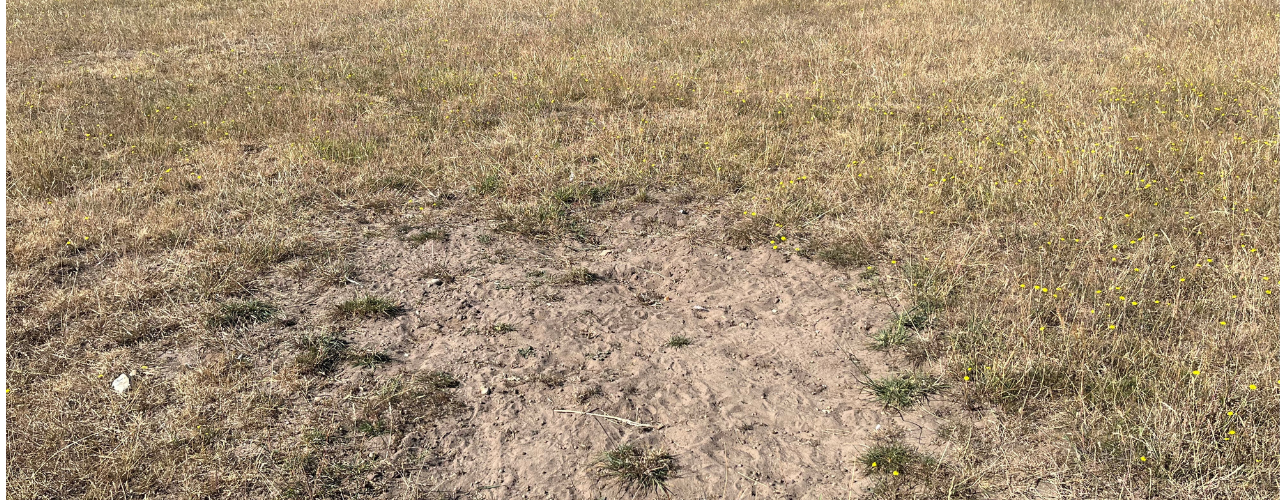
Be sand colic savvy
Keeping your horses on light sandy soil can mean less mud in the winter and easier paddock maintenance come the spring but with it...
13 July 2022
Read More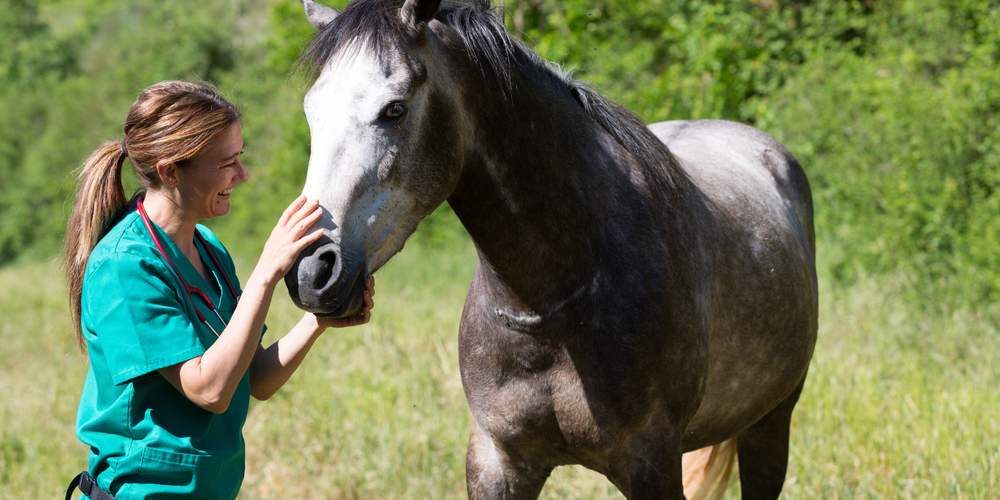
Some horse owners choose to vaccinate their horses for other equine diseases as well as tetanus and equine influenza.
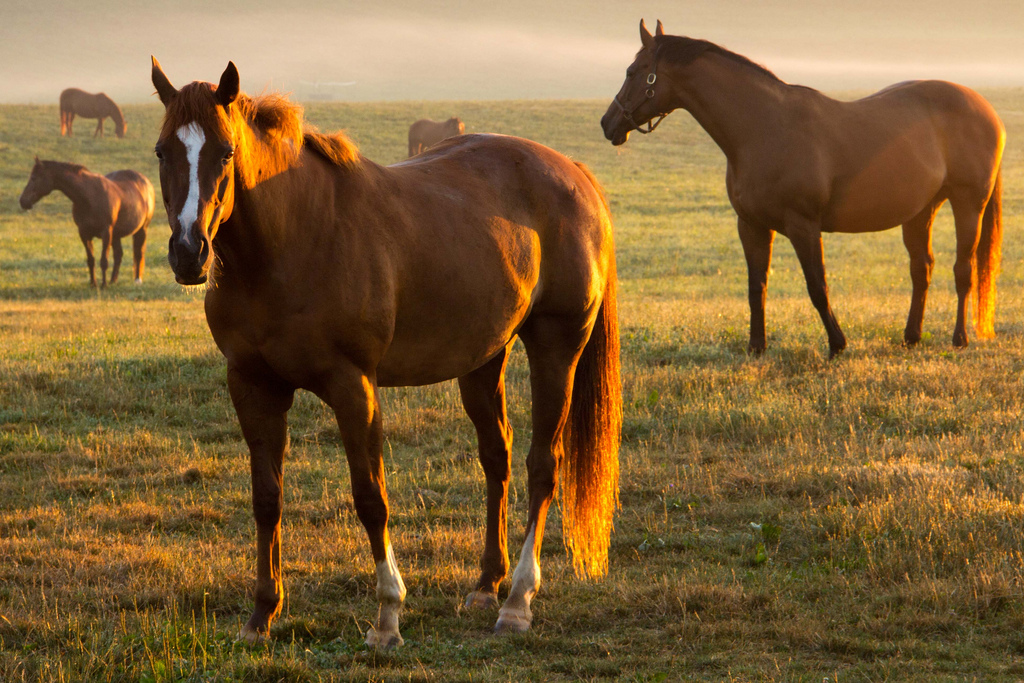
Equine Herpes Virus (EHV)
Equine herpes virus (EHV)1 is a contagious viral infection with two different strains commonly affecting horses. EHV-4 is the most common and can cause respiratory disease. EHV-1 is less common but can have severe effects, causing abortion and neurological disease. Vaccinating helps reduce the severity of the respiratory disease and frequency of abortion disease. It can also help reduce spreading.
Strangles
Strangles is a highly contagious bacterial infection of the upper respiratory tract. It is one of the most frequently diagnosed infectious diseases in horses. Horses can be vaccinated from the age of four months and it is recommended that all horses kept together are vaccinated at the same time for the best protection.
Equine viral arteritis (EVA)
EVA is a contagious respiratory disease which can cause abortion in pregnant mares. There is a legal requirement to notify DEFRA in the event of an outbreak. The routine vaccination of stallions (including teasers) and colts will help stop the spread of EVA in breeding horses.
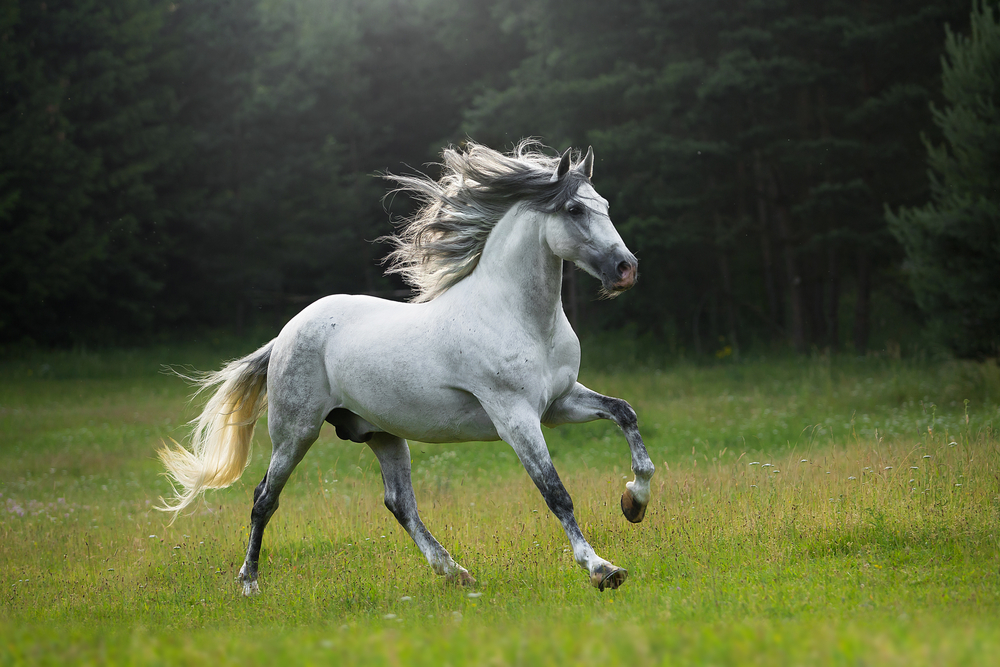
Rotavirus
Rotavirus is the most common cause2 of diarrhoea in foals and can spread easily. It is a hardy organism and it may persist in the environment for over nine months. A vaccine can be used in pregnant mares to increase rotavirus antibody levels, which are then passively transferred to the foal through the colostrum – improving the immune capability of the foal.
West Nile Virus
West Nile virus is a viral disease transmitted by mosquitoes, which carry the disease after biting infected birds. It’s not currently in the UK but may be a risk to horses travelling to affected countries. It can have devastating consequences on human and equine health, with severe cases resulting in potentially fatal neurological disease. Annual vaccination will reduce the risk of an individual horse developing the disease.
References
1. Slater (2015) London Vet Show proceedings, p147
2. Bailey et al (2013) Veterinary Microbiology 167 (2013) 135–144

Keeping your horses on light sandy soil can mean less mud in the winter and easier paddock maintenance come the spring but with it...
13 July 2022
Read More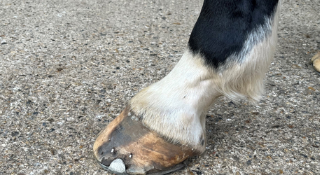
The fetlock is a hard-working, high motion hinge joint. It is the meeting point of the cannon bone, proximal sesamoid bones and th...
20 June 2022
Read More